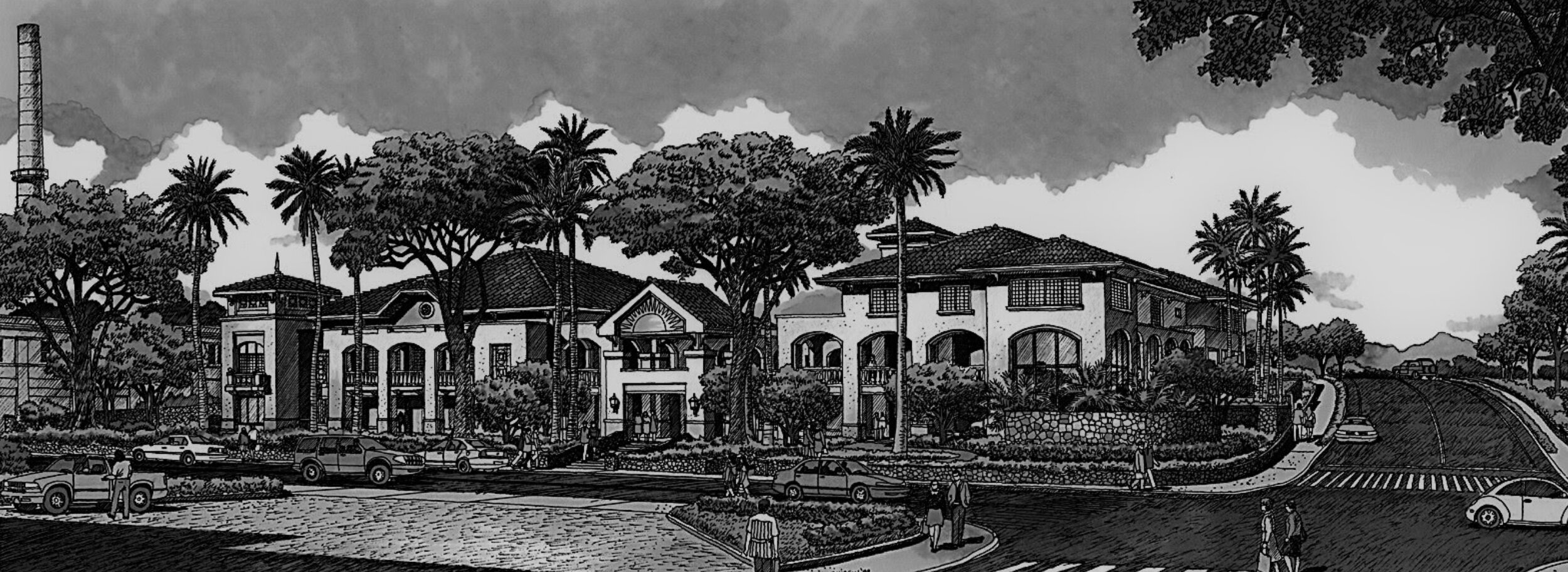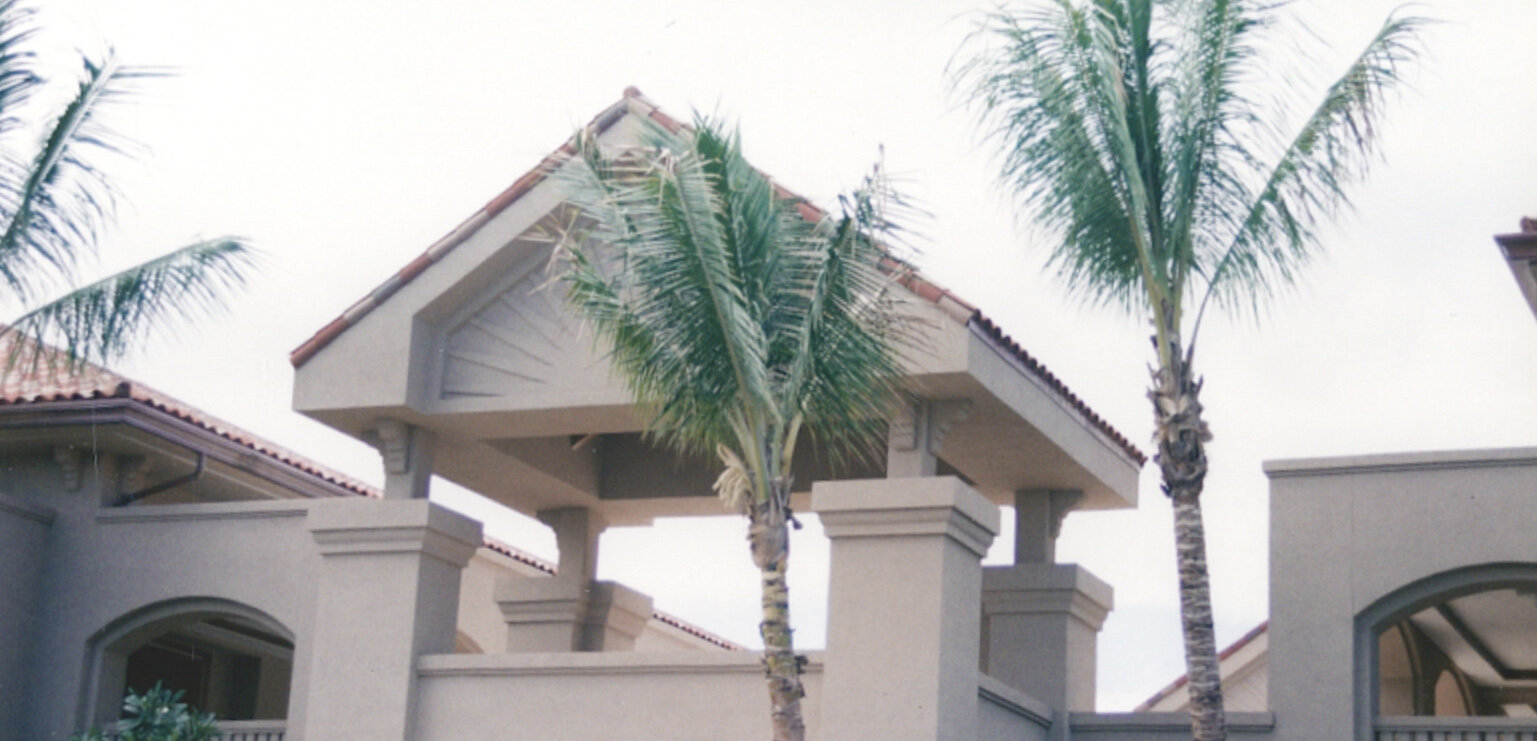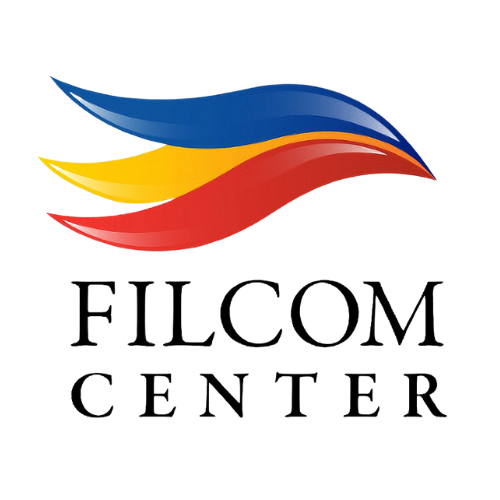
Our History
Sprawling over two acres by the old Oahu Sugar Mill on suburban Waipahu, the three-story Filipino Community Center covers 50,000 square feet.
It is the biggest Filipino Community Center in the United States and outside of the Philippines. It is also architecturally designed to repeat the Filipino’s penchant for Spanish inspired buildings. And although it is in every aspect Filipino, it is also multi-cultural in that the renters and guests. It is a building built on Filipino pride and Bayanihan spirit and yet still retains enough spirit of Aloha to everyone who wants to work, rent, learn and enjoy the daily activities without regard to ethnicity.
On March 18, 2000, a ground breaking ceremony took place.
The FilCom Center was formally inaugurated on June 11, 2002, almost a century after the first 15 Filipino farmers sailed for Hawai’i on board the SS Doric in 1906, which legitimized the Filipino migration to the western hemisphere. By the turn of the century, there were 200,000 Americans of Filipino ancestry in Hawai’i making up more than 15% of the state’s population, enough to gain a powerful identity in the community through culture, entertainment, education, business and politics. The need for a place to showcase its culture and traditions became apparent. This became the symbol of the Filipinos’ achievements, the elegant structure that now stands on the corner of Mokuola and Waipahu Streets.
It provides a home for businesses, a health clinic, community groups and recreational activities.
The Center is governed by a Board of Directors. Each reflects a wide range of expertise ranging from labor and entrepreneurial leadership, to community and academic affiliation, to cultural and community network capabilities.

Our Mission
The mission of FilCom Center is to develop, own, and operate a community center that provides social, economic and education services and to promote and perpetuate Filipino culture and customs in the State of Hawaii.
Our Beginnings
The Filipino Chamber of Commerce of Hawai’i initiated the FilCom Center in 1991 during the tenure of Lito Alcantra as President. In 1993, the Filipino Community Center, Inc. assumed a legal personality with the mission to develop, own and operate a community center that provides social, economic and education services and to promote and perpetuate Filipino culture and customs in the State of Hawai’i. Roland Casamina and Eddie Flores were its first president and vice president, respectively. Hardworking community volunteers composed its Executive Committee.
Donors
A tax-exempt, non-profit organization as defined under section 501(c) 3 of the U.S. Internal Revenue Service, the FilCom Center was built through the generous donations of foundations, trusts, private corporations and government entities. AMFAC donated the land. Heading its list of donors are the Harry & Jeannette Weinberg, the City and County of Honolulu, the Department of Commerce, the State of Hawai’i, the VA Housing and Urban Development, the Consuelo Zobel Alger Foundation and a great number of business establishments. Credit however, goes to the community for working so hard in soliciting pledges from almost everyone.


